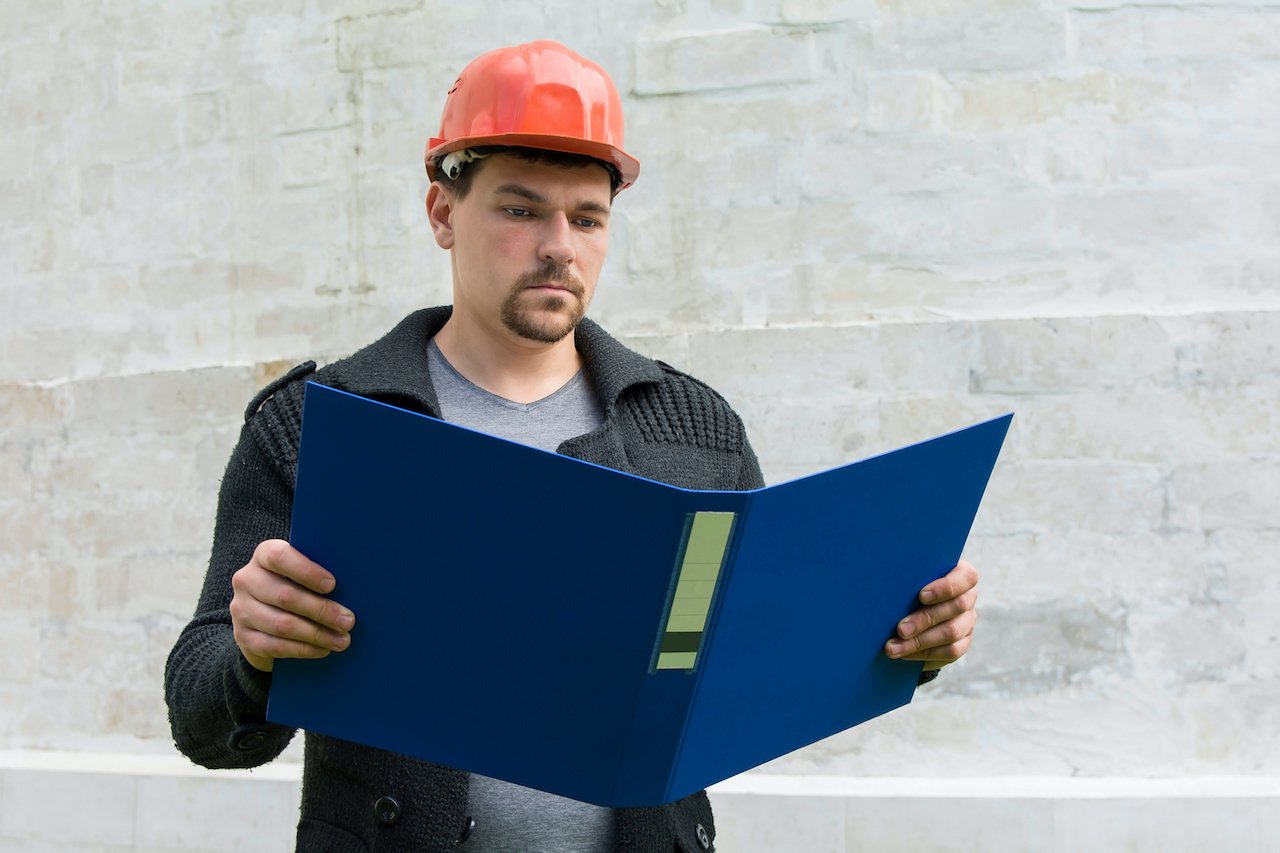These are the top mistakes that restoration contractors face and how to avoid them using modern tools, communication practices, and proven job management techniques.
1. Incomplete or Missing Job Documentation
Failing to document work thoroughly is one of the most common and costly mistakes made by restoration contractors. When job records are incomplete, it puts your business at risk of delayed payments, insurance disputes, and client frustration. Even small gaps in documentation can lead to big problems later.
Why It Matters:
Proper documentation isn’t just a best practice, it’s an expectation. Insurance adjusters need clear, time-stamped evidence to justify scope and costs. Clients often need supporting records for their own property managers or insurance companies. And without a digital paper trail, your team may struggle to explain what was done, when, and why.
In the restoration business, failing to document thoroughly can impact:
-
Insurance claim approvals
-
Final invoice accuracy
-
Legal liability if disputes arise
-
Internal handoffs between field and office teams
Common Documentation Gaps:
-
Forgetting to take “before” photos
-
Missing signatures on customer approvals
-
Lack of time or material logs
-
Inconsistent naming or file storage
-
Notes written on paper that never make it into the system
How to Avoid It:
Digital tools make this easier. With Xcelerate restoration software, restoration contractors can:
-
Capture photos and notes directly from the field using the mobile app
-
Log customer signatures and task completions in real time
-
Centralize all job files so office teams don’t have to chase updates
-
Create clean, consistent reports with a full audit trail
This level of documentation not only speeds up billing and approvals but also builds trust with clients. When customers see organized records and professional reports, it reassures them that your team takes the job seriously.

2. Ignoring the Source of the Problem
One of the most damaging mistakes in restoration work is treating the symptoms but not the cause. Drying a flooded room or removing mold without addressing the root issue leads to repeat damage, warranty concerns, and loss of client trust.
Why It Matters:
In water, fire, and mold restoration, resolving the surface problem is only part of the job. The real value comes from solving what caused it in the first place. If a leaky pipe or roof is not fixed, the damage will return. Clients may blame your team for poor results, even if the original source was outside your scope.
This mistake often leads to:
-
Repeat visits that reduce your profit margin
-
Negative reviews due to recurring issues
-
Unpaid invoices or disputed claims
-
Missed opportunities to educate and support clients
How to Avoid It:
Make source detection part of your standard inspection process. Train your technicians to look beyond the visible damage and ask critical questions about the cause. If your team is not licensed to perform repairs, build a network of trusted partners who can step in.
Document any source-related findings and communicate them clearly to the client. Restoration contractors are not always responsible for fixing the original issue, but pointing it out builds credibility and can protect your business.
How Software Helps:
Tools like Xcelerate allow your team to log findings, assign follow-up tasks, and track communications in one place. Field notes can include photos, technician observations, and recommendations for next steps. This ensures nothing gets missed and everyone stays informed.
Being proactive about source detection shows professionalism and helps prevent callbacks that eat into your schedule and profits.
3. Underestimating the Scope of the Project
Many restoration jobs turn out to be more complicated than they look at first glance. Contractors who fail to thoroughly assess the situation risk delays, change orders, and client dissatisfaction. Incomplete inspections can result in missed damage or incorrect estimates that strain your budget and reputation.
Why It Matters:
Misjudging the size or complexity of a project can lead to scheduling issues, labor shortages, and cost overruns. It can also erode the client’s confidence in your team. When surprises arise that could have been caught early, clients may question your process.
Signs your team may be underestimating scope:
-
Unplanned extensions or change orders mid-project
-
Missed damage behind walls or under floors
-
Equipment shortages or overbooking
-
Technicians arriving on site without the right tools or instructions
How to Avoid It:
Start with a detailed walkthrough and make sure the inspection includes structural issues, environmental hazards, and hidden moisture. Use moisture meters, thermal imaging, and other tools to get a complete picture before writing a plan or quote.
Clear communication with the client also matters. Set expectations from the beginning and be transparent if there are unknowns that may affect cost or timeline.
Process Tip:
Consider using a standard operating procedure (SOP) for damage assessments. SOPs help your team stay consistent across jobs and reduce missed steps. If you're developing one, Xcelerate offers a helpful Complete SOP Guide that outlines best practices for restoration workflows.
Being realistic about the project's scope protects your margins and builds trust. It also gives your technicians and project managers a better chance of delivering results on time and on budget.
4. Improper Handling of Hazardous Materials
Restoration contractors often work in environments where hazardous materials are present. Whether it’s mold, asbestos, lead paint, or sewage-contaminated water, failing to handle these materials correctly puts workers, clients, and your business at risk.
Why It Matters:
The mishandling of hazardous materials can lead to serious health issues, legal violations, and project shutdowns. Regulatory bodies like OSHA and the EPA have strict rules regarding containment, removal, and disposal. Ignoring these standards opens the door to lawsuits, fines, and long-term damage to your company’s reputation.
Common mistakes include:
-
Skipping proper PPE (personal protective equipment)
-
Failing to contain contaminated areas
-
Inadequate disposal procedures
-
Allowing untrained personnel to handle dangerous materials
How to Avoid It:
Make compliance part of your core operating procedures. Every technician should be trained on how to identify and manage common hazards. Use protective gear, signage, and containment barriers as needed, and make sure documentation is in place to show regulatory compliance.
Project Tip:
Create a pre-job checklist for any project involving known or suspected hazards. This ensures your team verifies the environment, uses correct safety measures, and logs all steps taken. If a customer raises a concern about safety, you’ll be ready with accurate records.
Helpful Resource:
For tips on managing compliance and workflow in challenging jobs, check out Top KPI Metrics to Scale Your Restoration Business. It explores how performance data and documentation practices help contractors maintain safe, efficient operations as they grow.
Prioritizing safety helps prevent legal issues, protects your workforce, and reassures clients that their property is in capable hands.

5. Not Maintaining Communication with the Client
Even when the technical work is done well, poor communication can undermine the entire project. Restoration clients are often dealing with stressful, unexpected situations. If they feel left in the dark about progress or decisions, trust can quickly erode.
Why It Matters:
Restoration projects involve multiple phases, teams, and approvals. Clients want updates, explanations, and timelines they can rely on. When they don’t hear from your team, they may assume the worst or become confused about what is happening.
Breakdowns in communication often lead to:
-
Misaligned expectations about timelines or costs
-
Duplicate work or missed tasks due to unclear handoffs
-
Unpaid invoices from clients who feel blindsided or dissatisfied
-
Negative reviews or a loss of repeat business
How to Avoid It:
Set communication expectations early. During the intake process, tell clients how you will keep them informed, who their point of contact is, and how often they can expect updates. Stick to these expectations throughout the project.
Utilize communication tools that facilitate seamless team alignment. With restoration software like Xcelerate, internal notes, task progress, and job updates are visible in real time. This helps your office staff stay informed without constant phone calls or texts, and it allows field teams to focus on work while still keeping the client in the loop.
Related Read:
Want to improve your team’s communication and overall customer experience? See How Restoration Software Helps You Win Repeat Business and Referrals for a deeper look at how operational excellence drives long-term growth.
Strong communication builds confidence, helps avoid disputes, and turns restoration jobs into lasting customer relationships.
Frequently Asked Questions
What are the most common mistakes a restoration contractor makes?
Some of the most common errors include poor documentation, underestimating the scope of work, skipping safety protocols, and failing to communicate with clients. These mistakes can delay the restoration process, increase costs, and create friction with insurance adjusters or property owners. Addressing these issues early helps contractors run smoother projects and maintain client trust.
How can restoration contractors avoid costly mistakes?
The best way to avoid costly errors is to establish repeatable systems, use purpose-built restoration software, and train crews on inspection and safety procedures. Documenting every step of the job and clearly communicating with clients reduces the risk of unexpected issues and improves project outcomes.
Do I need permits for restoration jobs?
Yes, depending on the scope of work, you may need proper permits before beginning a restoration project. Permitting requirements vary by location, but jobs involving structural changes, electrical work, or plumbing often require approvals. Working without proper permits can delay the restoration process and expose your business to fines or liability. Working without proper permits can delay the restoration process and expose your business to fines or liability.



